As seen in Providence Business News.
I have been reminiscing about my pre-pandemic travel life, particularly a spring trip to Italy when I began discovering Franciacorta. Yet before this find, I traversed the country for two weeks from Puglia in the south all the way up to Bolzano in the north. Alone for most of the trip, I immersed myself in these pastoral areas, experiences and emotions, with local winemaking families. (See recent post on tips for traveling in Italy.)
I was in Italy for new work explorations and Vinitaly, the country’s top international wine event at which journalists, wine professionals and visitors usurp Verona, a walkable city in north central Italy. Many refer to Verona as the “city of love” because of Shakespeare’s renowned Romeo & Juliet. This “amore” is evident by couples’ overt displays of affection. Frankly, this happens in all of Italy, not just Verona.
Vinitaly is akin (in my opinion) to the Oscars, as it brings together the most notable, and not yet known, players of the wine world. Moreover, it’s an educational and connecting tasting event, spread across many city blocks that gave us our steps when we weren’t sipping, while the entertaining portion occured naturally in the after gatherings.
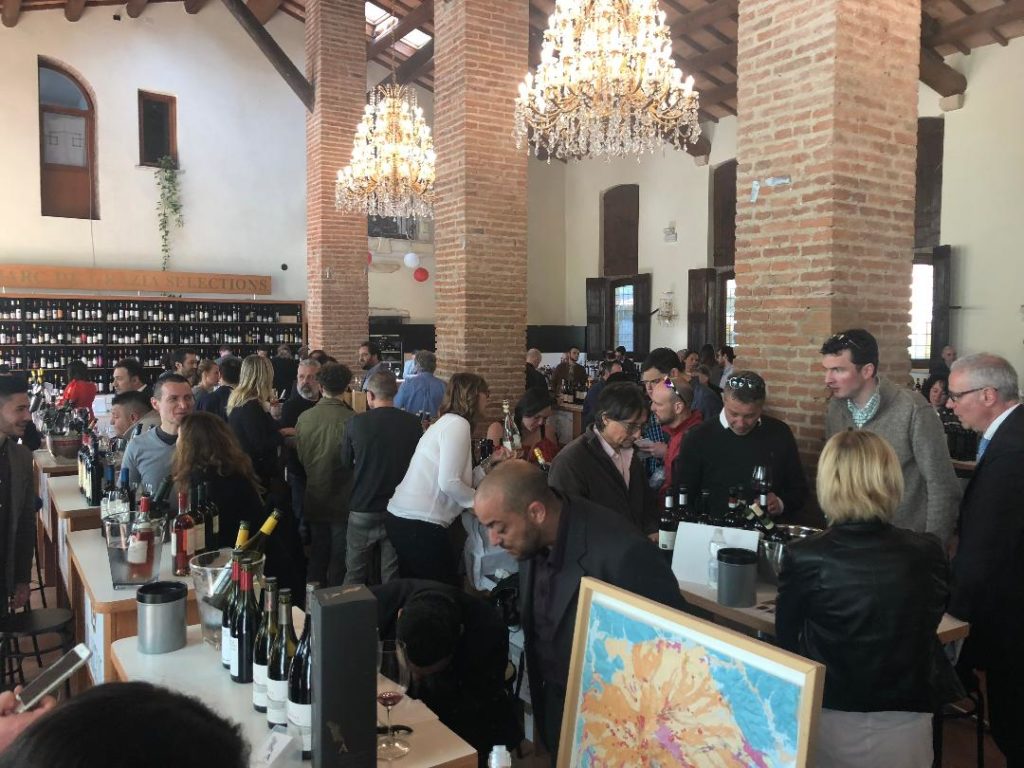
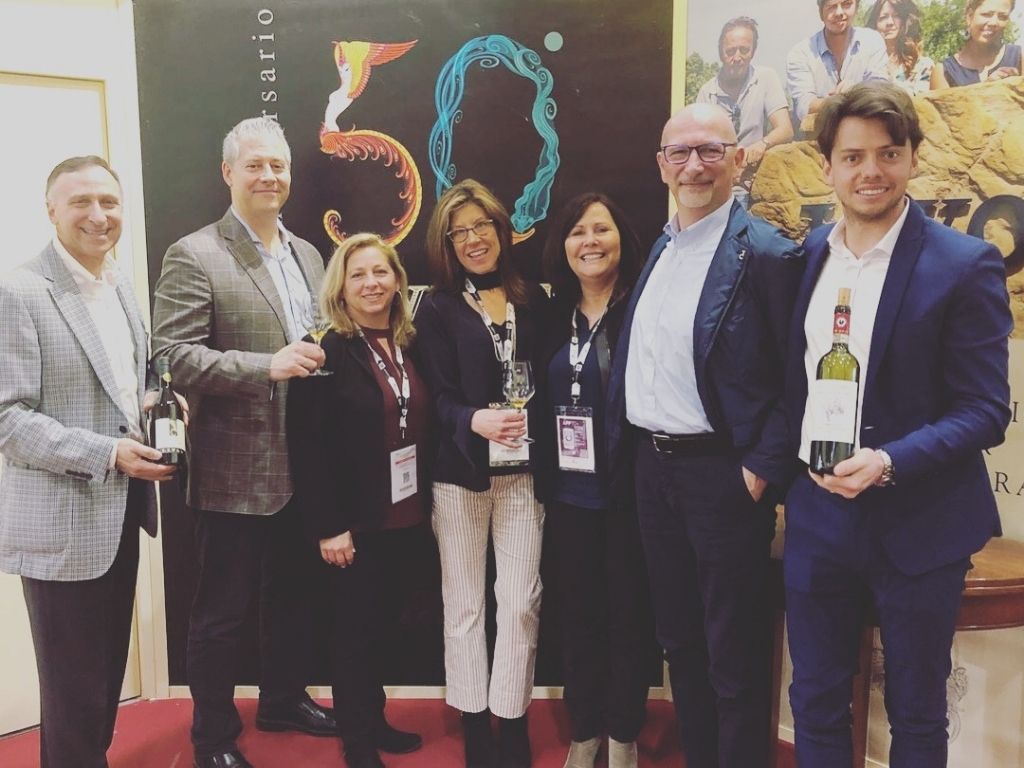
Away from the hustle and bustle
I always enjoy Vinitaly’s ongoing buzz (no pun intended), flurry of international visitors and abundance of wine and food events, literally at every turn. Such a diversion from my everyday life. But, I long for more serene places and unexpected experiences outside of Vinitaly’s hustle and bustle, like during this trip.
Here, I encountered Lombardy, a hidden gem within an hour drive from Verona and Milan, with its mountainous glory, food and Franciacorta, an area overflowing with cultural history and home to Italy’s renowned sparkling wine that dons the same name: Franciacorta.
Lombardy is snuggled nicely in between Italy’s Piedmont, Veneto, Trentino-Alto Adige and Emilia-Romagna regions, and kisses Switzerland’s southern border.
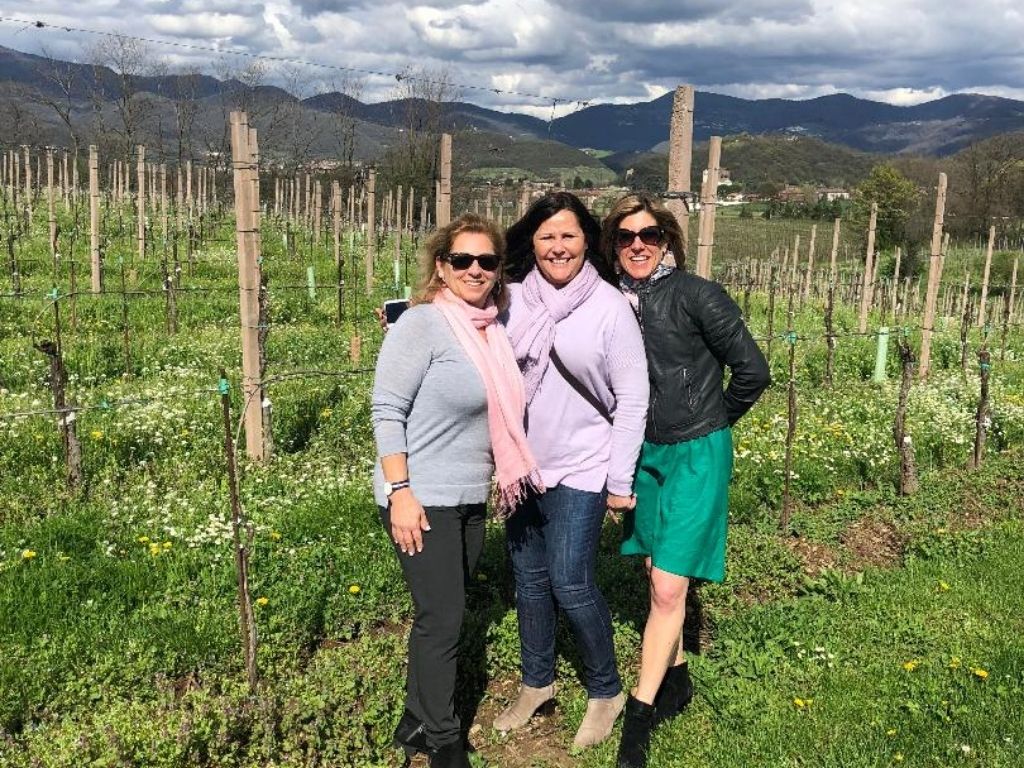
My colleagues and I arrived to Franciacorta after a long, wine-filled day. Enjoying a peaceful meal was the first, much-needed activity on our agenda. In the bustling restaurant, we sat overlooking the grandiose Lake Iseo that is far less crowded than the other tourist-packed destinations, Lakes Garda and Como.
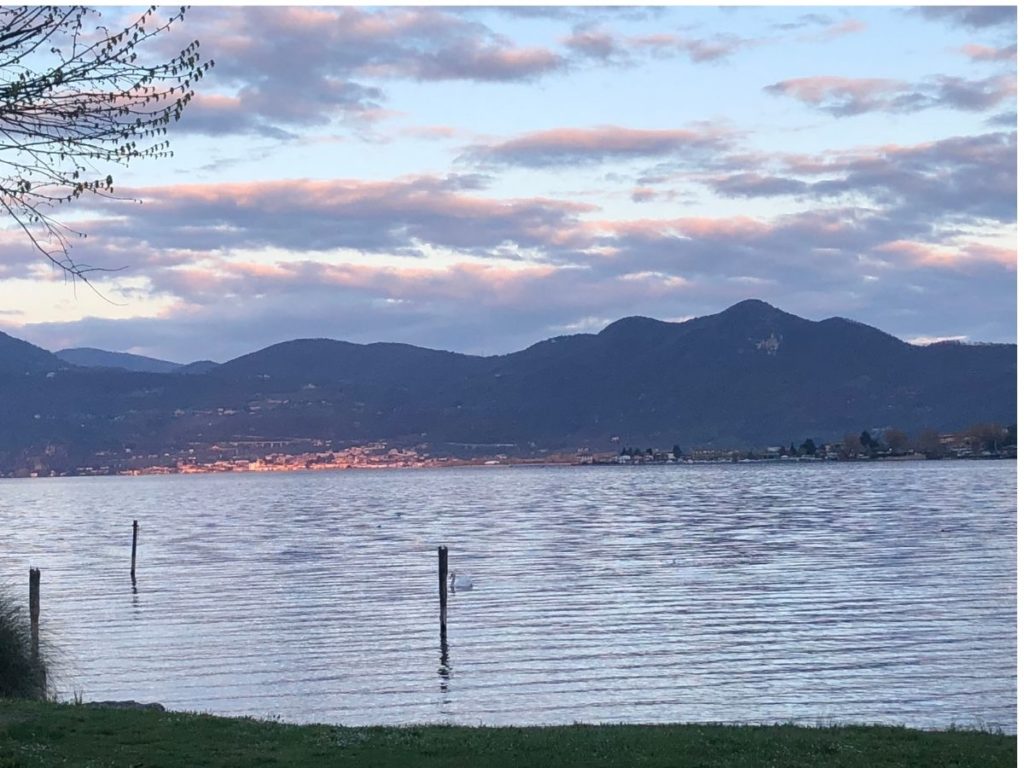
Our bodies began to decompress, and quickly we became immune to the restaurant’s buzzing. Only the beauty and awe of Lake Iseo, plentiful amounts of seafood and Mirabella Franciacorta Rose’s tickling bubbles captured our attention. This was discovering Franciacorta.
Franciacorta, Prosecco or Champagne
Many often tout Franciacorta sparkling wine as Italy’s version of France’s Champagne. I too am guilty of making this comparison, which I use for context in describing differences among Champagne, Prosecco and Franciacorta, which sits under the radar. While, Prosecco receives most of the attention here in the U.S.
Prosecco and Franciacorta share the same country. Yet Franciacorta is more similar in style to Champagne, with a second fermentation happening in the bottle, known as metodo classico or méthode champenoise. Prosecco’s second fermentation occurs in tank, and then it goes into bottle. It is also younger than Franciacorta, which may age up to five years or more. Most Prosecco producers send their bubblies to market within a year.
The grapes used to make Franciacorta, Champagne and Prosecco also are different. Franciacorta is a great food partner. In general, I think sparkling wine, with its many variations, is the best style to pair with food.
Italian quality levels
Italy, like other European countries, has a wine classification system that controls where and how wine can be made. Also, as part of this system, the Italian governing body must conduct an analysis to ensure that what the producer says is in the bottle, actually is in the bottle.
The highest level within this system is the DOCG, with the DOC and IGT designations right behind it. Franciacorta began as a DOC in 1967. Then in 1995 the government granted its higher DOCG status with even more stringent rules released since then. Prosecco became a DOC in 2009. While the Italian government only gave Franciacorta and Prosecco DOCG and DOC statuses respectively in the last 50+ years, family producers have been making these bubbles for centuries.
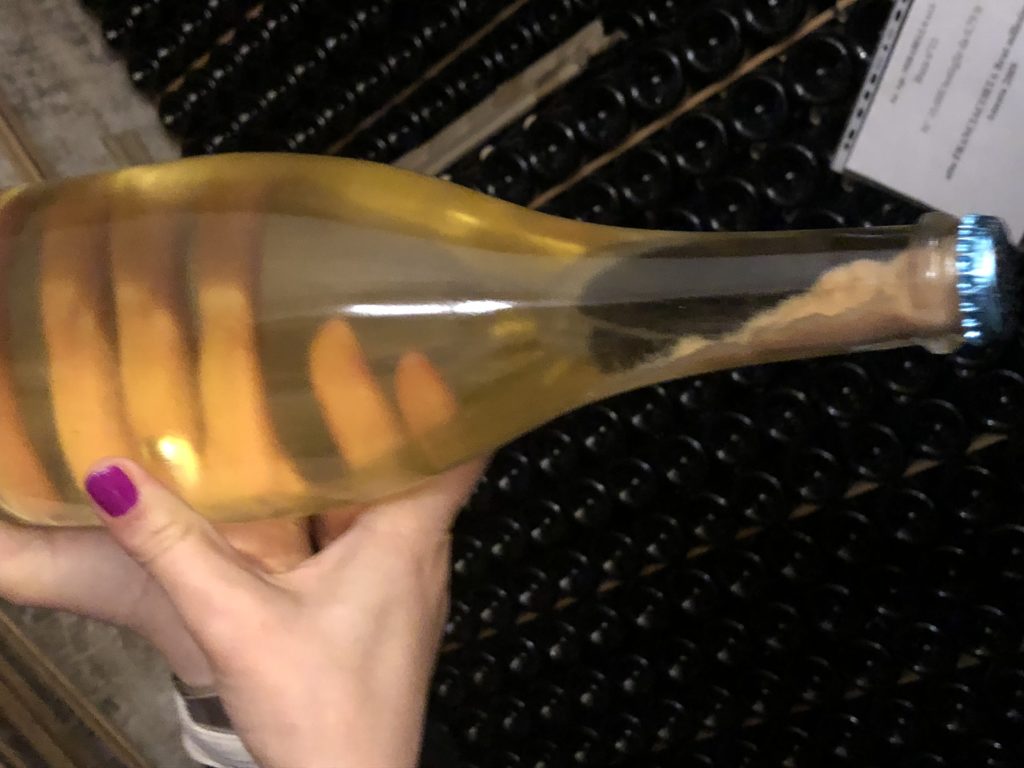
Price and quality
Often, clients and friends ask me if price dictates a wine’s quality. My answer is: “not always,” but, typically there is a relation to quality and price. So, is Franciacorta’s $25+ price tag worth it? You be the judge, but the next time you want to expand and elevate your palate, reach for a Franciacorta.

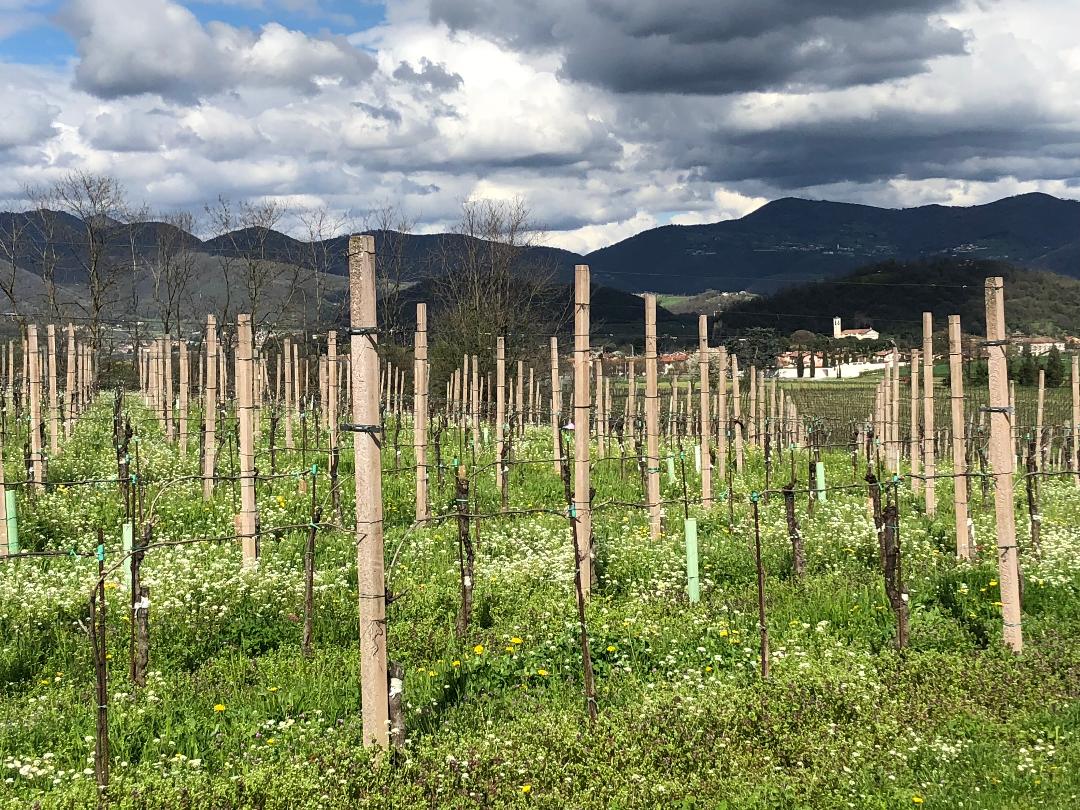
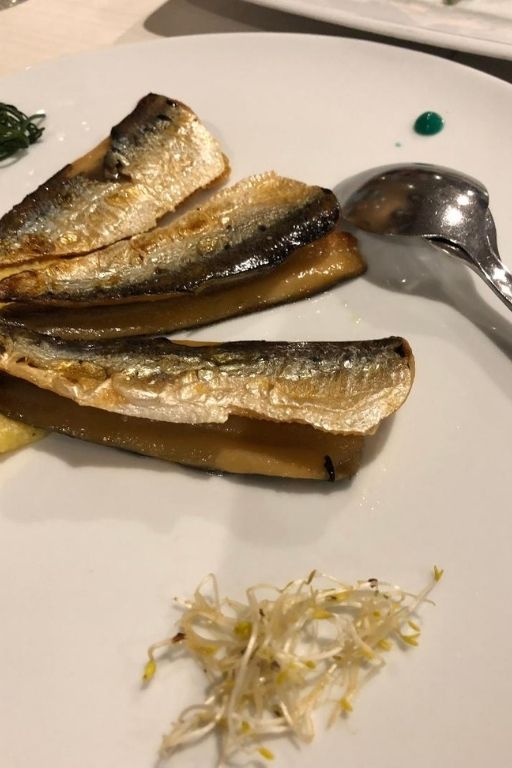
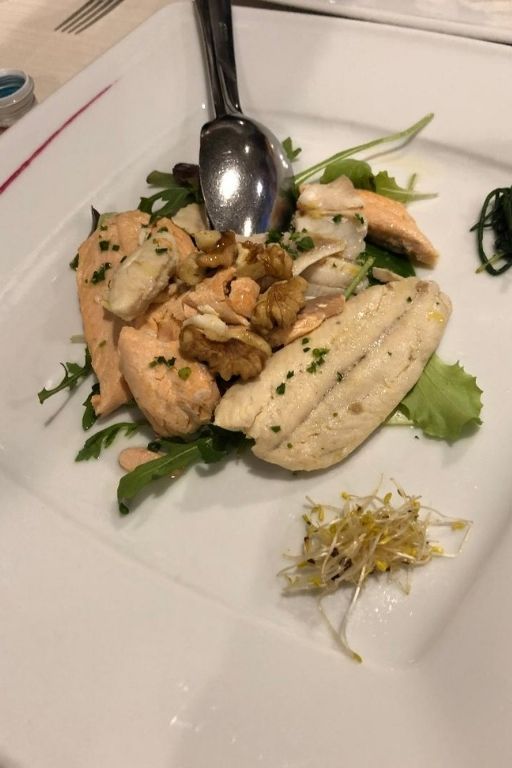
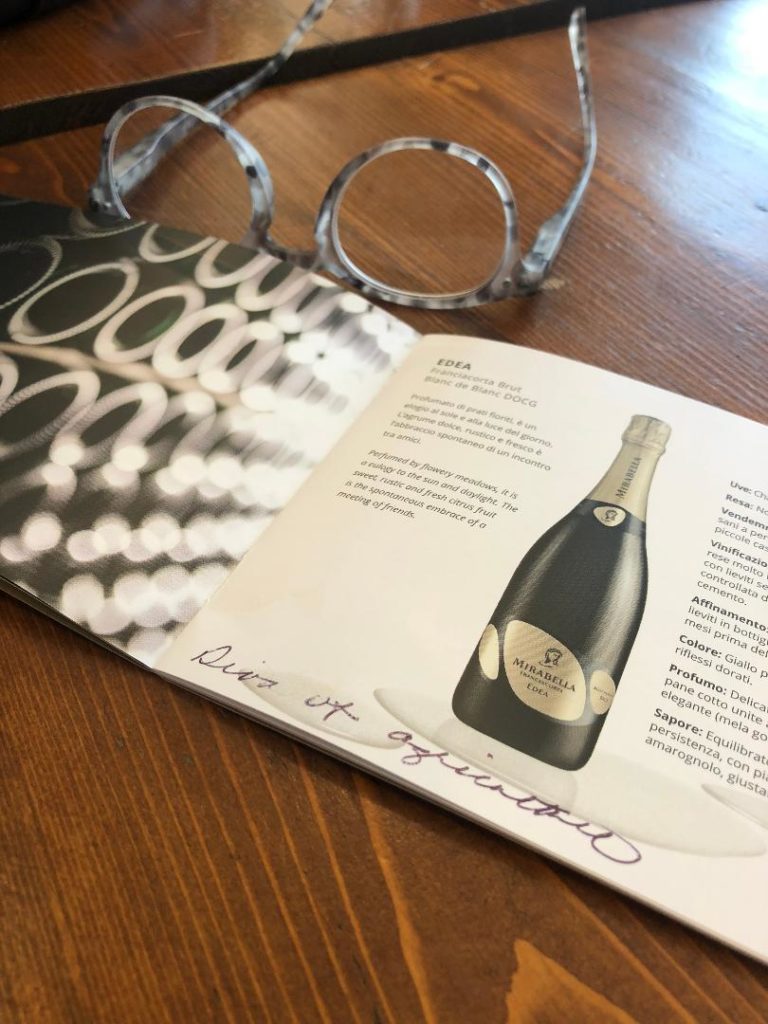


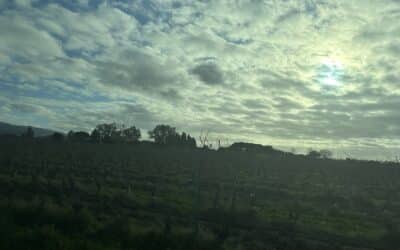

Very informative!